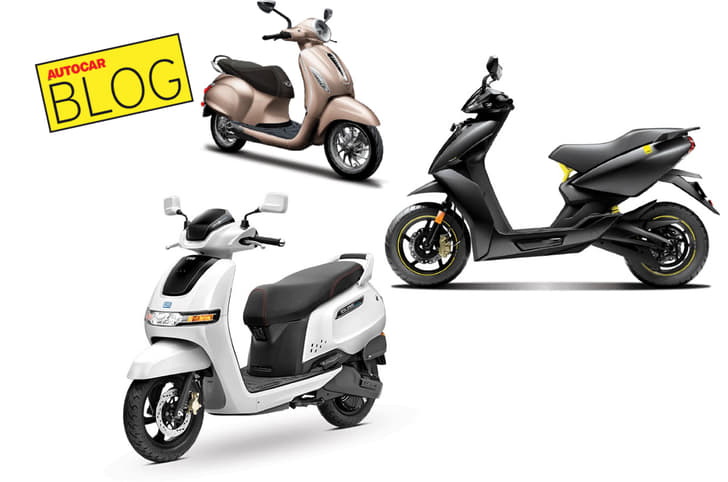Here we go again. Round and round in a merry dance. It’s that time of the year again. The time of year when our post-monsoon clear blue skies are replaced overnight by a deathly grey smog. When farmers in north India using harvesters without ground sensors have to burn their fields to get rid of the remaining foot-and-a-half of stalk. When drying garbage, piled up over the monsoon, can finally be incinerated en masse in Mumbai. As if the choking on smoke isn’t bad enough, what’s worse is all the knee-jerk reactions and finger-pointing at the car industry.
Take for example the case of the national capital. For years, the whipping boy has been the automobile industry. It was environmentalists who first pointed the finger, and then slowly but surely convinced everyone with all their rhetoric that it was pollution from cars. And factors like temperature inversion and coal fired power plants and the situation only got worse. Then all manner of draconian measures were taken: diesel car bans, odd-even schemes. The authorities had to show they were doing something.
Today, of course, there’s no doubt where all the pollution is coming from. There’s no smoke without fire; and every year farmers in Punjab, Haryana, and parts of Uttar Pradesh burn 15-20 million tonnes of paddy stubble in October and November. There’s so much particulate matter in the air, you can see it from space. Delhi, however, is about to reintroduce the very odd odd-even scheme, again just to show that it is doing something. Does it matter that cars make exactly the same amount of pollution the whole year round? How long will we ignore the real problems and do nothing about them?
Now this circus is starting up again, only this time in Mumbai. And the only animals that will get hurt in this production are us. And that’s despite the city’s Air Pollution Mitigation Plan having identified post monsoon garbage and solid waste burning in the open as one of the main sources of pollution during this time of year.
A quick back-of-the-envelope calculation is all you need to understand the issue. Approximately 6,500 tonnes of garbage are collected every day in Mumbai. A good percentage of this gets incinerated in the open. What compounds the problem is that none of it can be set on fire from June to September when it rains and the garbage is soaking wet. So as soon as it dries up a bit, after three or four days of no rain, the people who run garbage disposal try to get rid of the mountains and mountains collected over the months.
Ever burnt a pile of even partially wet leaves? Remember how much more smoke the fire makes? Only here the waste being burnt is full of paper, rubber, plastic and polyethylene, making for a toxic witches’ brew. The smoke is so dense the first few days, residents in some parts of Mumbai have videos of trains slowing down due to the dense smoke. It’s estimated that around 40-50 percent of global emissions of small particulate matter come from trash fires in certain parts of the world. Add to this construction dust, industrial pollution and pollution from old bikes, cars and trucks, and the mix gets even more toxic.
Question is, why can’t we get highly efficient, state-of-the-art incinerators that would get rid of a high percentage of pollution? Why can’t other sources of emissions be cleaned up and brought under control to manageable levels? The automobile industry in India has come a long way in cleaning up its act. Automobile emissions norms today are all but in line with those that exist globally. It’s time other industries in India and globally started on their journeys.



























